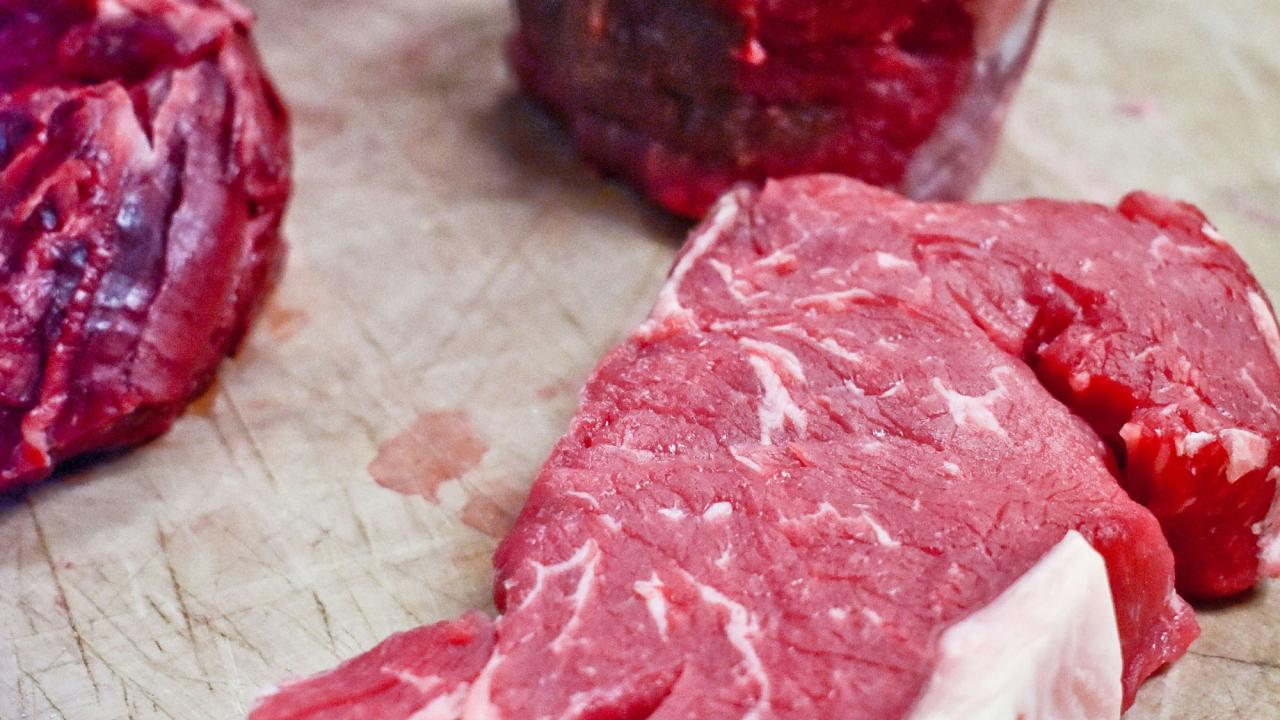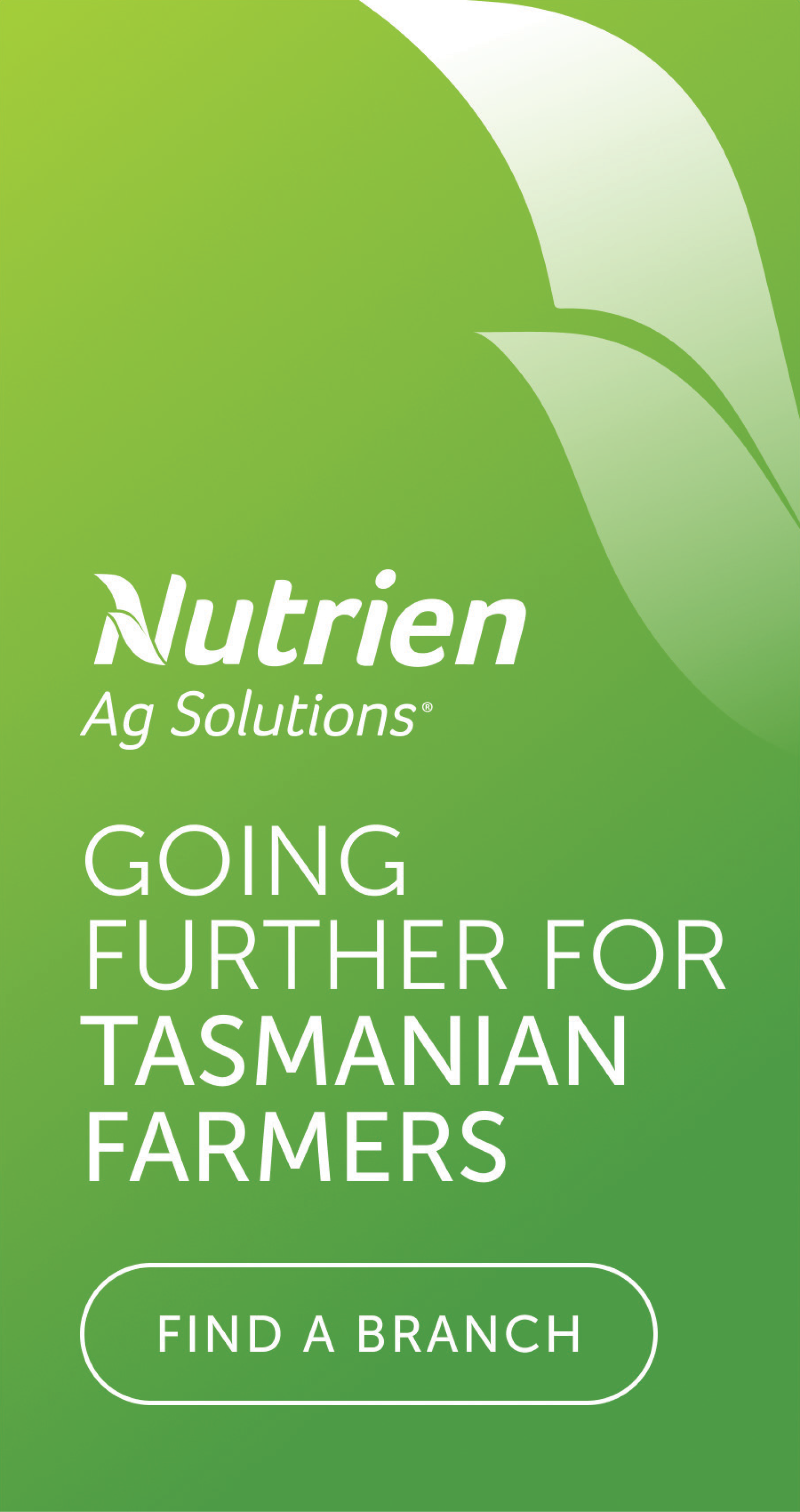Red meat production soars to record levels

RECORD production numbers and global demand lifts across the board for livestock slaughter and meat production have been released by the Australian Bureau of Statistics (ABS).
The figures revealed that the female slaughter rate (FSR) for the Australian cattle herd has lifted to 53.1 per cent, placing the industry in a destock phase.
This increase in the FSR comes alongside a 17 per cent lift in cattle slaughter to 2.1 million head for the June quarter, the highest level since 2019.
Lamb slaughter also lifted to 7.2 million head over the quarter, surpassing seven million for the first time which is Australia’s highest lamb slaughter figure on record.
Combined sheep and lamb slaughter rose 2 per cent from Q1 2024 and 16 per cent from Q2 last year to 9.9 million head. This makes Q2 the largest quarter for sheep and lamb slaughter since Q1 1973.
According to Meat & Livestock Australia (MLA), Australia’s sheep flock has changed significantly over the past 50 years.
MLA Senior Market Information Analyst Erin Lukey said the shift towards meat breeds, and more recently to shedding animals, has introduced a new way of production that has seen increased lamb growth thus leading to more production.
"The ABS data has revealed lifts to FSR across all production states which has lifted to its highest female turnoff since 2019, and the largest quarter on quarter lift to their FSR among other states,” Ms Lukey said.
The industry uses 47 per cent FSR as a benchmark as to whether the industry is in a restock, steady or destocking phase.
A quarterly FSR of 53 per cent is the second consecutive quarter above this benchmark, which indicates the cattle herd has entered a destocking period.
“Thanks to four consecutive years that have allowed for rebuild and maintenance, the Australian cattle herd is high when compared to historic averages,” she said.
“Cow retention over this time has created a large female herd, which are now ready for turnoff,” she said.
“Saleyard prices remain well above year-ago levels, as strong demand for Australian beef in the global market helps to maintain confidence as production rises.”
The increase in cattle slaughter has also led to an elevated beef production quarter.
Beef production rose 14 per cent from Q1 2024 and 19 per cent from Q2 last year, reaching 648,763 tonnes – the highest quarterly total since Q2 2015 and the fourth highest on record.
This was also a record quarter for lamb, with 177,147 tonnes produced over the quarter, 6 per cent above Q1 2024 and 19 per cent higher than the same quarter last year.
“High red meat export volumes over the June quarter show that demand is growing overseas at the same time that Australian supply is rising,” Ms Lukey said.
Lamb slaughter across Australia reached its highest-ever number ever with 7.2 million head processed in Q2, 4.2 per cent higher than last quarter’s record figure and 19 per cent higher than last year.
For the financial year, 27.5 million lambs were processed, making it the largest 12-month period on record and 25 per cent above the five-year average.
Although sheep slaughter decreased by 2 per cent this quarter to 2.7 per cent, it was still among the highest figures since 2018.
For the financial year, sheep slaughter increased 19 per cent to 10.2 million head, the highest since 2008.
Combined sheep and lamb slaughter for FY 2023-24 rose by 20 per cent from 2022-23 to 37.8 million head




Add new comment